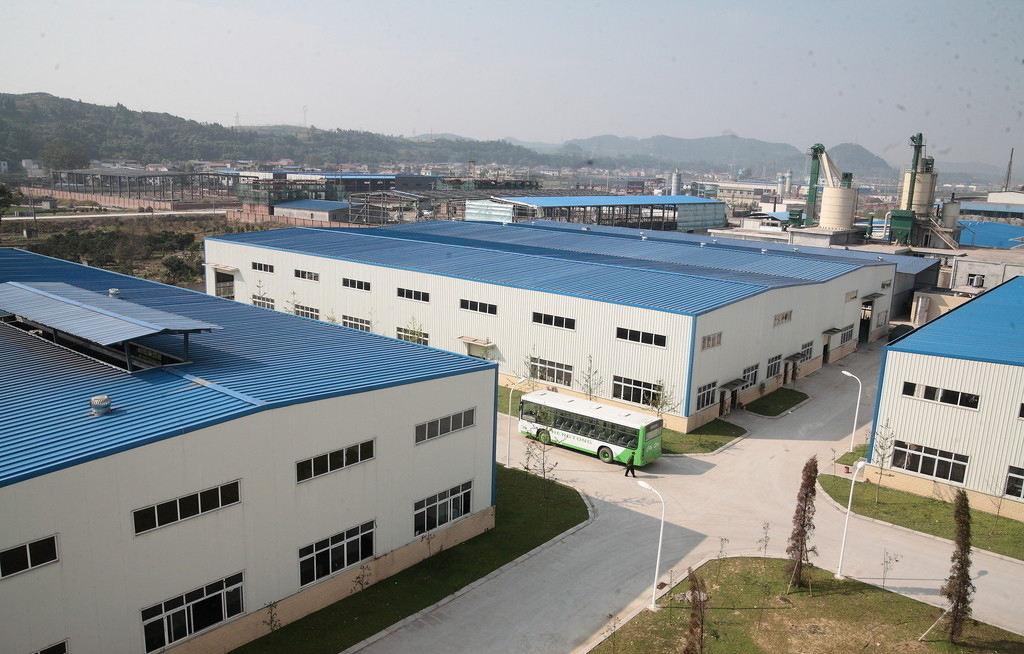
SZP group Co., Ltd. has been producing power transmission products since 1999. It is a set of production equipment that provides one-stop solutions for power transmission products.We can provide a full range of power transmission products, such as chains, sprockets, pulleys, gearboxes, motors, couplings, gears and racks, locking components (clamping elements/locking devices), tapered bushings, QD bushings Sleeves, torque limiters, shaft sleeves, motor bases and motor sliders, chain and belt tensioners, chain guides, universal joints, bearings, etc.Our products are widely used in many different industries, such as automation, machinery and equipment, conveyors, etc.
